Explainer: TPI Models’ Cold-Start & Idle Adjuster
Do you miss your two-stroke’s simple old carburetor? Have you still got a box of jets and needles sitting in your garage? Are you still bamboozled by that new-fangled throttle body that’s replaced the carb on these new fuel-injected two-strokes? If so, you’re not alone. Of course, that hasn’t stopped people from buying a shed-load of the new-generation fuel-injected two-strokes from KTM and Husky since they first appeared a couple of years ago. But the transition from carb to TPI hasn’t been an entirely seamless one.
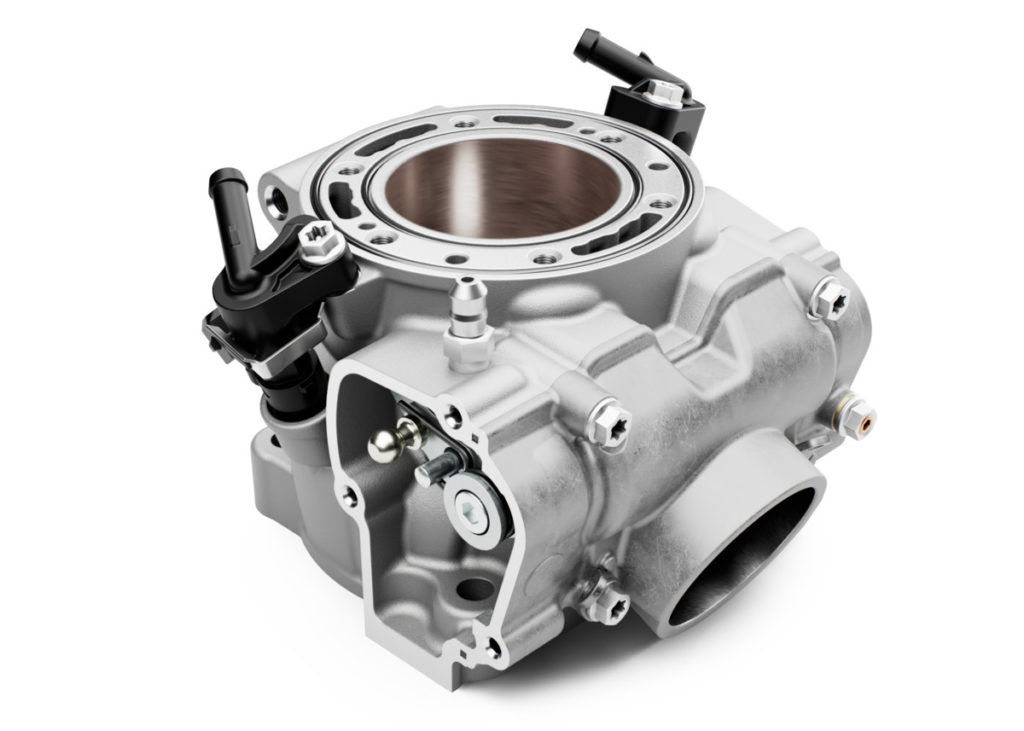
On the one hand, this TPI (Transfer Port Injection) technology has re-engaged a lot of two-stroke fans by highlighting the potential to get more power and adjustability from these engines. But on the other, it’s revealed a few teething problems and idiosyncrasies with the TPI technology – which is still in its infancy – and it’s led to some misconceptions about things such as the cold-start (or choke) and engine idle adjusters mechanisms.
So let’s take a closer look at both of these mechanisms with the aid of some cutaway diagrams, and detail what’s changed on the 2020 models.
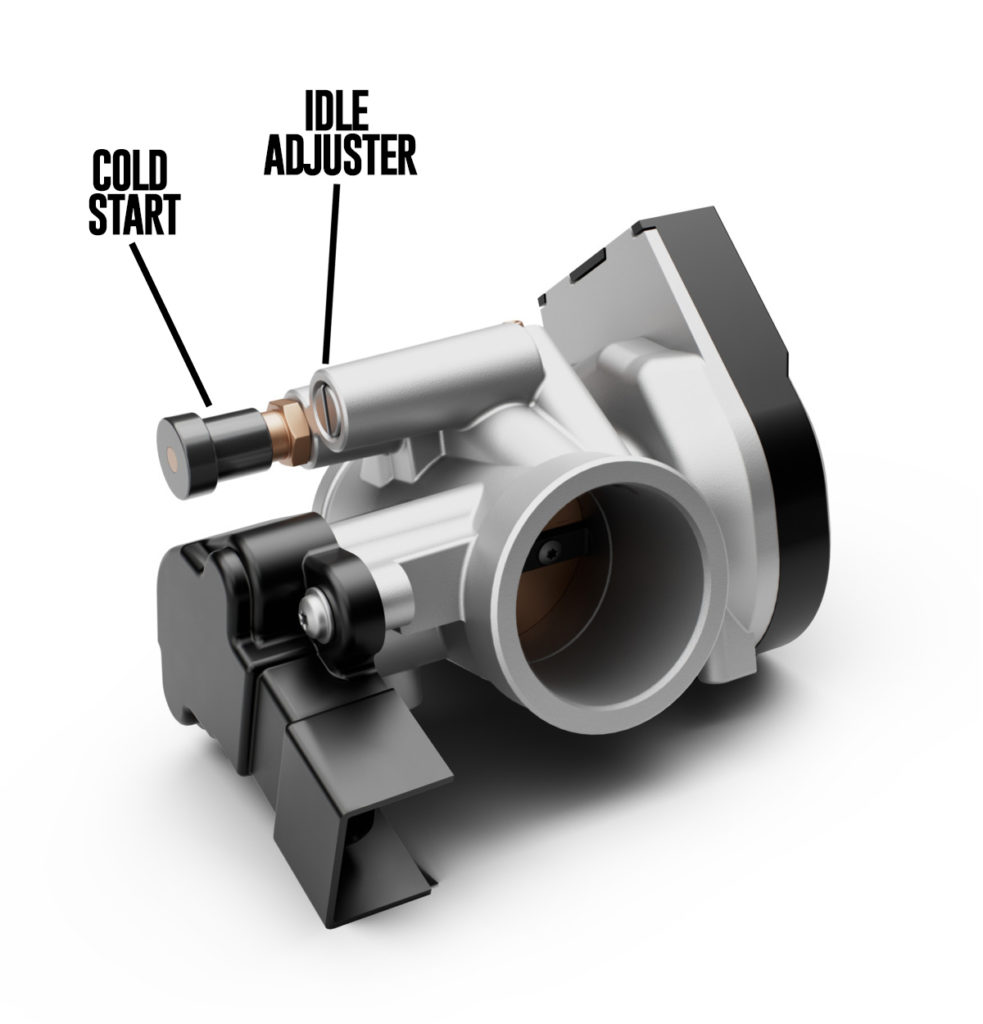
HOW DOES THE COLD-START SYSTEM WORK ON THE TPI BIKES WORK?
When you lift the cold-start (the black plunger on the throttle body), it opens an air bypass. It doesn’t adjust the throttle position; it simply allows a small amount of air to bypass the throttle body’s butterfly via an internal gallery in the throttle body itself. This cold-start effectively does the same job as a carb-fed two-stroke’s choke, but via a different mechanism. A carb bike can’t sample its environment, so it doesn’t know whether the air temp is cold or hot. So to enrichen the mixture manually, you used the choke. A fuel-injected bike, on the other hand, can sample its environment and will know if it’s cold. So by introducing more air into the system, the cold-start raises the RPM, in response to which the ECU adds more fuel. But it’s a bit more complex than that. The ECU looks at the coolant temperate, the ambient air pressure, and the crankcase pressure. Those parameters will collectively inform the ECU that it’s cold, which will prompt it to enrichen the mixture to suit that faster idle speed and get through that warm-up phase. The added benefit of this is that it’ll lessen the chance of fouling a plug during the warm-up phase.
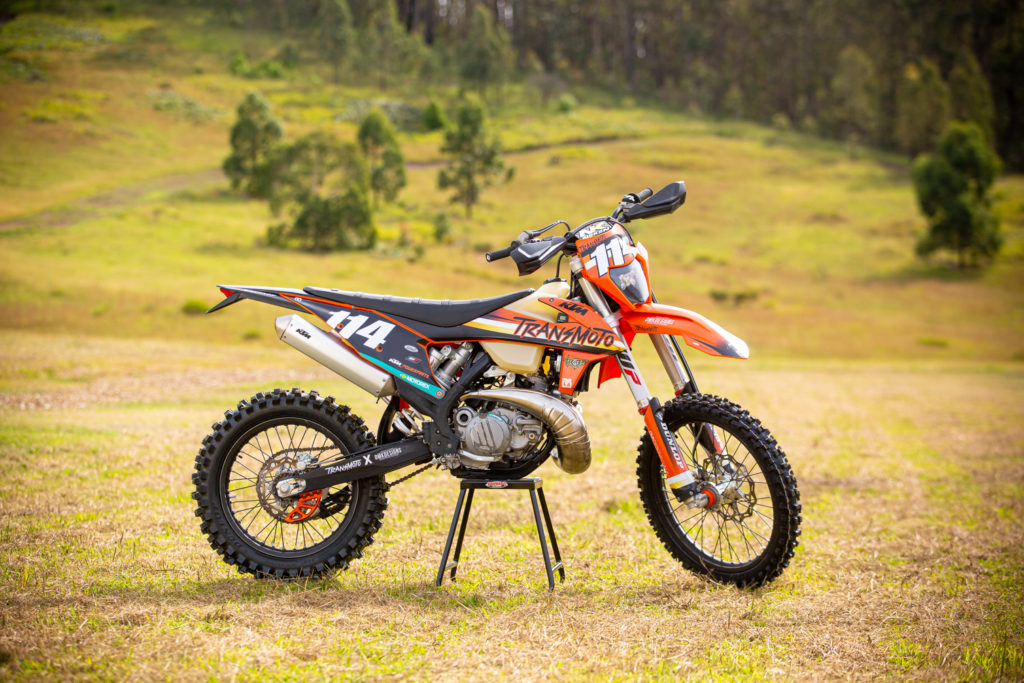
DO TPI BIKES REQUIRE A SPECIAL STARTING PROCEDURE?
No. There isn’t a starting procedure for the TPI bikes in cold conditions because the ECU will detect the temperature and enrichen the mixture accordingly. Basically, the trick is to hit the starter button with the throttle closed, and the bike will fire up. It’s important to understand that the TPI system only ‘learns’ at start-up and while the engine is idling. This is the only time when the bike can it sample its environment and calibrate the ECU accordingly. So when you get to the riding area (especially if you live at sea level and drive a fair way from home to ride at a different altitude), it’s advisable to start the bike and let it idle for a while so it has the opportunity to sample that new environment’s parameters.
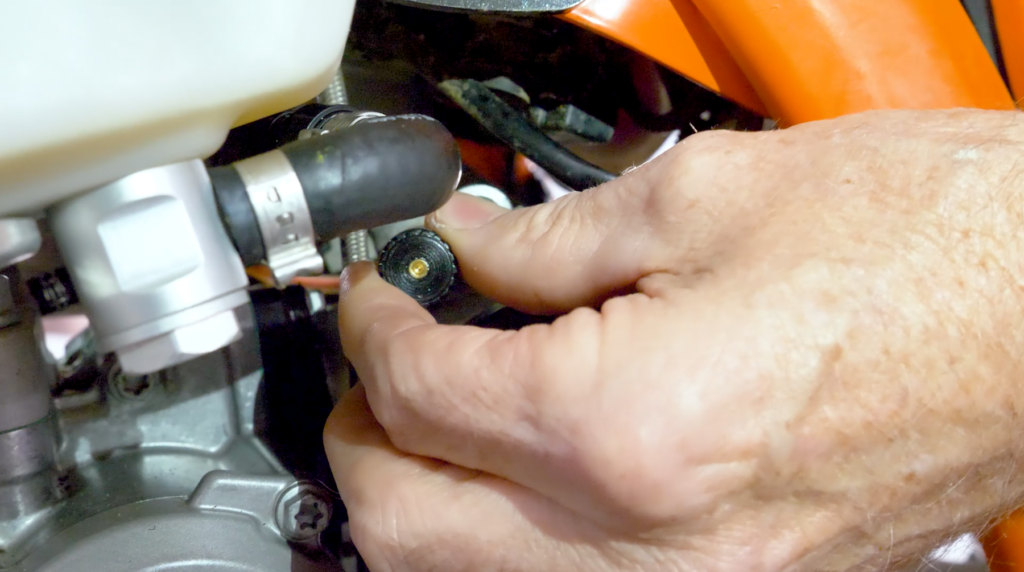
WHAT ABOUT IF IT’S REALLY COLD?
Anecdotal evidence suggests the TPI bikes very rarely require the assistance of this cold-start bypass to start. But if it is super-cold and you do need to use the cold-start to kick the engine over, you simply pull the plunger out and turn it one-quarter of a turn in either direction (which holds it out) to activate it. Once the bike is up to temperature, reverse that quarter-twist it’ll turn off.
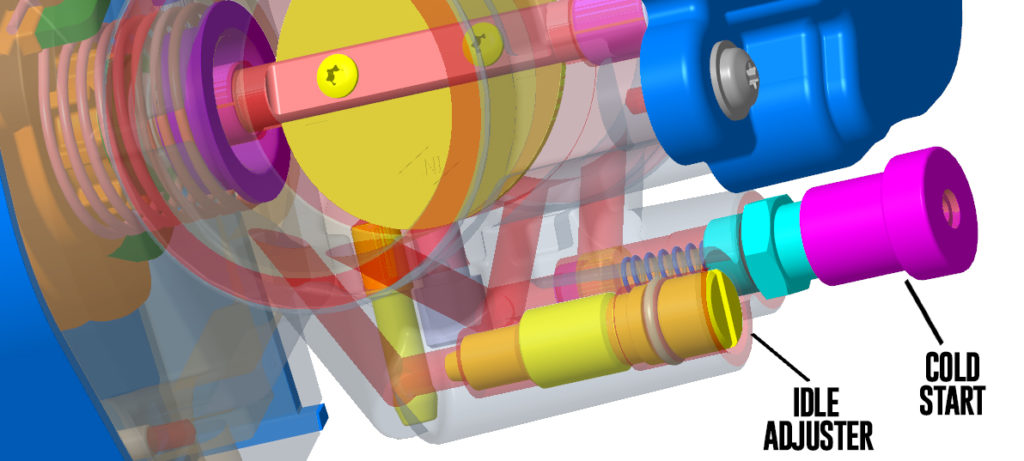
WHERE IS THE ENGINE’S IDLE ADJUSTER & HOW DOES IT WORK?
Right next to the cold-start plunger is a flat-blade screw head, which is the idle adjustment. The idle adjustment on a TPI bike is also an air bleed or bypass (like the cold-start, via an internal gallery in the throttle body), so by opening (or screwing out) the idle adjustment screw, you allow more air into the system, and that raises the RPM. What complicates the issue is that, by allowing more air into the system in this way, it also makes the mixture leaner at small throttle openings.
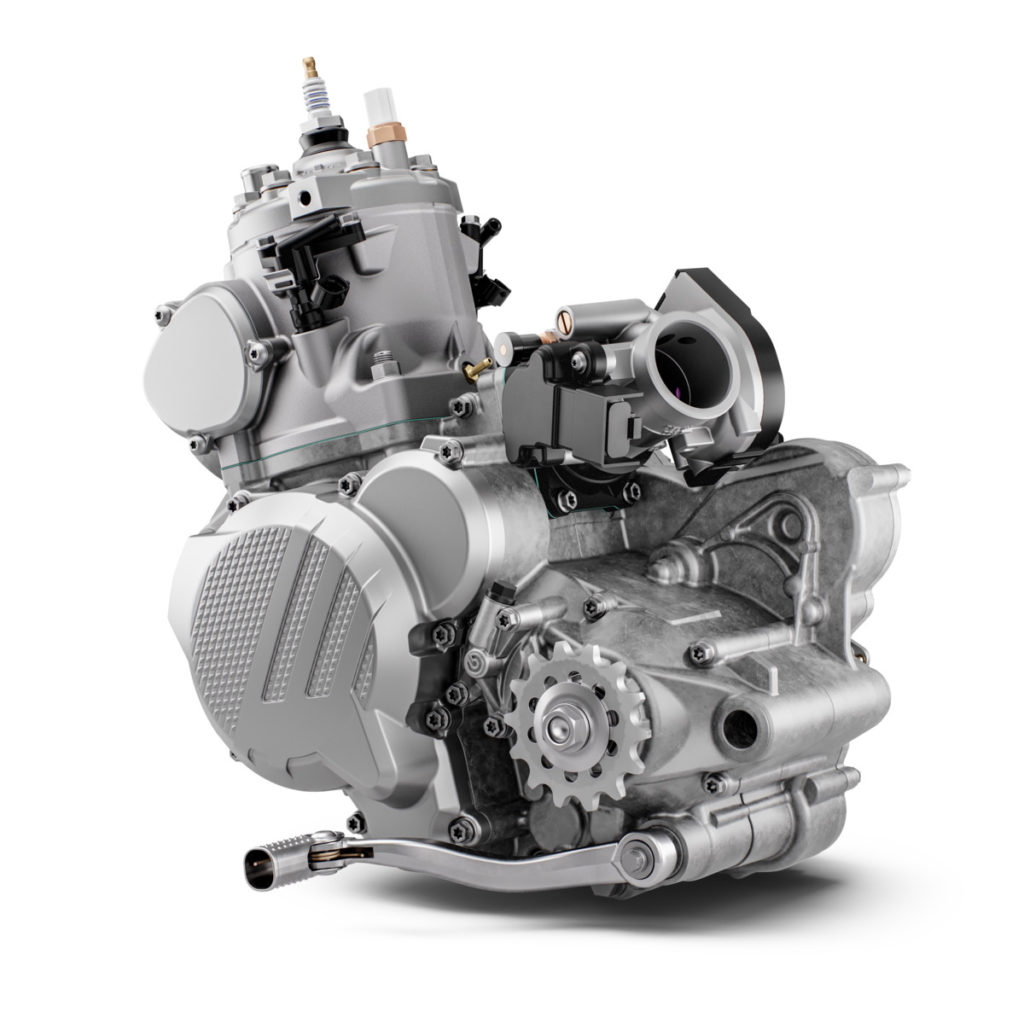
WHAT CAUSED THE TOO-LEAN PROBLEM ON THE EARLIER TPI MODELS?
On some of the earlier (2018 and 2019) TPI bikes, the throttle body’s butterfly itself was set too low (that is, too closed), meaning the engine would stall too easily. To get it to idle, you would have to wind the idle adjuster out a long way (up to five or six full turns, in some cases) to actually get the bike to idle (which is a lot because the optimum is 1.5 to 2 turns out for the idle adjuster). And the problem with letting so much airflow past the butterfly is that the engine runs too lean at small throttle openings. That causes the bike to run on in situations such as when you’re rolling off the gas going into corners. Anything past one-quarter throttle, though – when the butterfly is more open – the air bleed has little effect on the mixture.
HOW WAS THAT ISSUE ADDRESSED?
To fix the issue on those 2018 and 2019 models, you need to adjust the butterfly’s stop screw so that it gives you the correct idle speed with the air bleed at 1.5 to 2 turns. That then allows you to fine-tune the air bleed for your idle without affecting the mixture in those small throttle openings. Also, you need to be aware that the butterfly’s stop screw is Loctited and uses a very small Torx bit, meaning you usually need to introduce some heat to move this stop screw. And as there are some plastic parts in the vicinity, you shouldn’t use a naked flame or even a heat gun. Instead, holding a soldering iron against the Torx screw will transfer enough heat for you to be able to loosen the screw’s Loctite. If in doubt, get your dealer to do it.

HOW HAS THE IDLE ADJUSTMENT MECHANISM BEEN IMPROVED ON THE 2020 MODELS?
Thankfully, the Dell’Orto throttle body on every 2020 model TPI bike is now put on a flow bench at the factory and the butterfly’s stop screw is set to ensure the butterfly is consistently at the optimum opening for a much nicer idle. This makes the air bleed adjustment finer and more consistent from bike to bike, which makes getting a precise idle speed setting much easier.
More on the TPI Machines
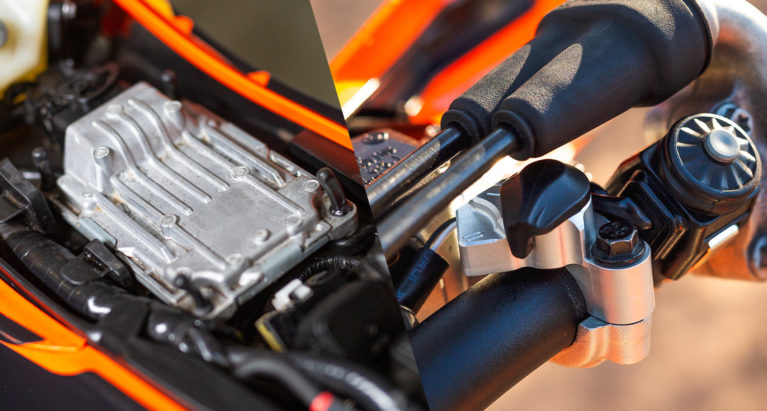
TPI MODELS: MAP NAMING PROTOCOLS

KTM TWO-STROKES: ENGINE DEVELOPMENT












Be the first to comment...